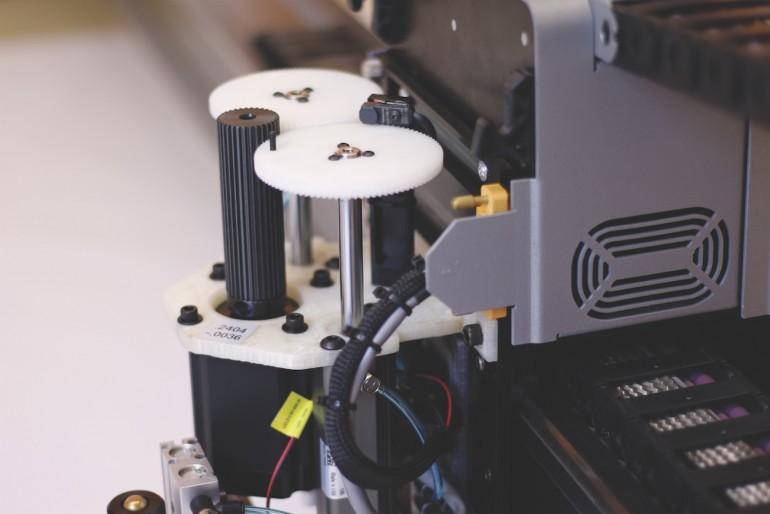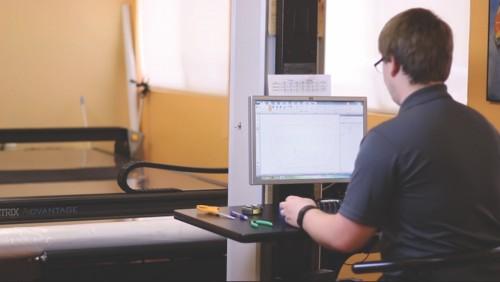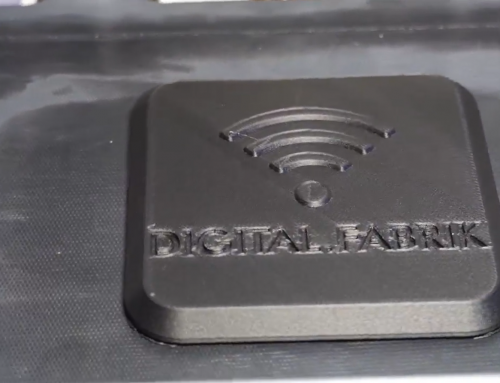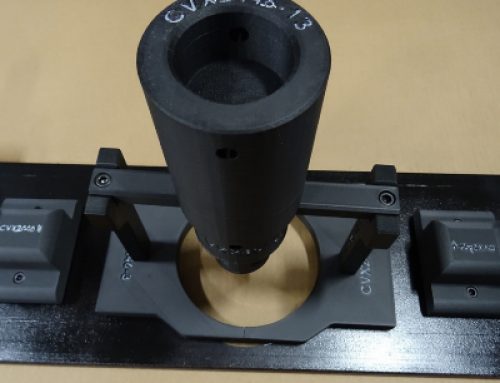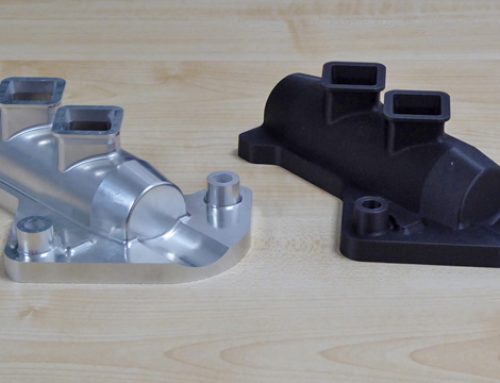Happy Friday, all! We hope you all enjoy the weekend, especially those of you heading out to celebrate the holiday in the US this weekend. It’s supposed to be gorgeous this weekend in the Boston area so many of the Markforged crew expect to take full advantage of it with trips to the Cape, BBQs, and more.
Today is a great day for another customer story, so we’d like to introduce you to Autometrix. They are a precision cutting solution company for the textile industry. Originally founded as a company to develop “…software for the design of racing sails”. It has since expanded into designing and building complete precision cutting systems. Autometrix is now seen as an industry leader in low-ply precision cutting machines.
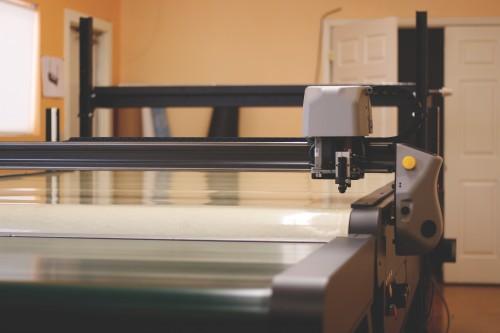
Because of this, founder, John Palmer, initially rejected the idea of using 3D printing for their prototyping process. They wanted parts they could test in a real world environment. If the parts were 3D printed using thermoplastics and resins, Autometrix wouldn’t be able to truly test, for example, prototyped parts of the cutter head on their machine.
“As Soon as we were able to see a printer that could create a part out of plastic with reinforcement that gave us something we could really work with, that really caught our attention.” – John Palmer
The Mark One met all of their qualifications for a new prototyping process: high-strength parts, high precision, and inexpensive. Compared to machining prototypes out of aluminum, with Markforged parts Autometrix could save about $585 and over 54 hours per prototype .
Head over to the Autometrix applications page to read the full Autometrix story or download the case study PDF.
—–

